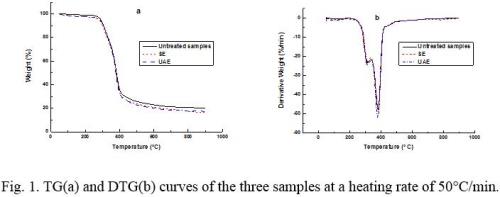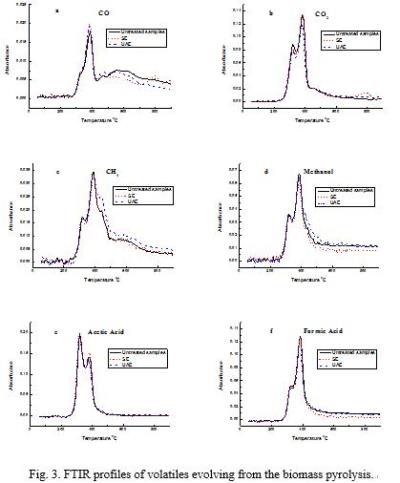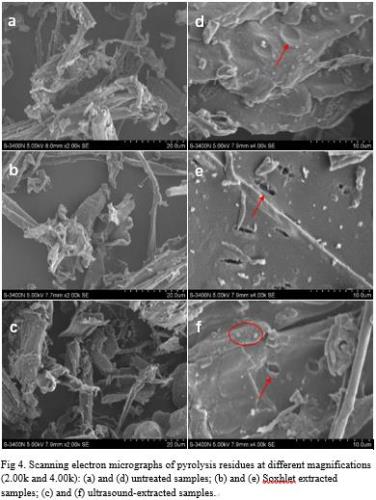
Zhenyu Wang
Beijing Forestry University, China
Title: Influence of ultrasound-assisted extraction on volatiles and residues in wood pyrolysis
Biography
Biography: Zhenyu Wang
Abstract
Eucalyptus was used as the raw material for treatment with ultrasound-assisted extraction (UAE) to study the ultrasonic effects on volatiles emitted and residues produced during pyrolysis. A swept ultrasonic cleaner with a frequency of 40 kHz and an intensity of 360 W was applied to samples at 60ºC for 30 minutes. The characteristics of the ultrasound-treated samples were then compared with those of Soxhlet-extracted and untreated biomass by TG-FTIR and SEM. The results showed both mechanical and chemical effects of ultrasound played a significant role in efficiently altering biomass characteristics. In thermogravimetric analysis, UAE samples showed the highest maximum mass loss rate (-52.1%/min) with the lowest temperature (378.4ºC), while the other two samples presented similar trends to each other with lower maximum mass loss rate. Volatile profiles obtained by TG-FTIR indicated that CO and methanol components were mainly influenced by extraction, while CO2, CH4, and formic acid responded more strongly to the effects of ultrasound. After UAE, an increase in CO, CH4 and decreases in CO2 and formic acid were produced during pyrolysis. From SEM images, the fracture of pit membranes clearly showed the mechanical effects of ultrasound, which accounted for the significant enhancement of extraction of valuable ingredients.





